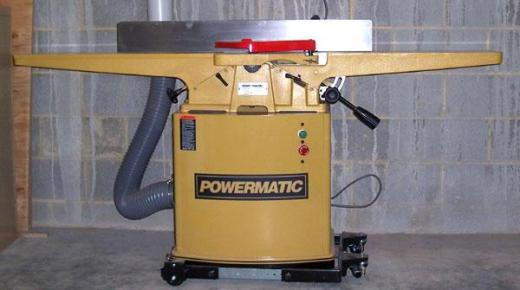Dust collectors can be used when large amounts of dust need to be eliminated. Industries that have such issues include mineral plants, machine shops, and powder processing plants. Dust collectors allow dust to be separated from the air or other gases. Four primary types are inertial separators, filters, wet scrubbers, and electrostatic precipitators.
An inertial separator is often used to separate dust from gas. This is possible using gravitational, inertial, and other forces. The combination of forces used varies by the type of inertial separator. Settling chambers, baffle chambers, and centrifugal collectors are the three most common types of dust collectors in this category.

Each type of inertial separator has advantages and disadvantages. Settling chambers are simple to design, but tend to have poor efficiency. Baffle chambers can be more efficient, but still are usually limited to use as pre-cleaners. Centrifugal collectors, which employ cyclone action, are likely the most complex of the inertial separators. Their advantage is efficiency.
Filters usually separate dust from gas using a screen filtration system. Normally, a stream of gas containing dust enters a structure known as a baghouse. The baghouse contains screening that can be made from a variety of materials such as felted cotton. The dust then cakes to the surface of the screening material as the gas passes through. These dust collectors have a reputation as being some of the most efficient and cost effective when considering loads of fine dust.
Wet scrubbers are dust collectors that use liquid to perform the separation tasks and to absorb fine dust. Water is the most common scrubbing liquid. There are many wet scrubbers and there are several modes of operation. Normally, the scrubbing liquid captures the dust in droplets that are collected and removed. Then, the scrubbed air or gas must be demisted, a process that removes the added moisture.
Electrostatic precipitators are regularly used to separate dust particles from dusty air streams using electrostatic forces. With these dust collectors, dirty air flows through a passage into an ionizing area where the dust particles receive a negative charge as they pass between electrodes. Then, the particles are attracted to positively charged electrodes on collection plates while the clean air flows out.
The two main types of electrostatic dust collectors are single stage precipitators, which are high voltage, and two stage precipitators, which are low voltage. There are generally two options for high-voltage single stage precipitators, plates or tubes. The two stage electrostatic precipitators, which are regarded as more efficient, are commonly used in plants that are engaged in large-scale welding or woodworking.
